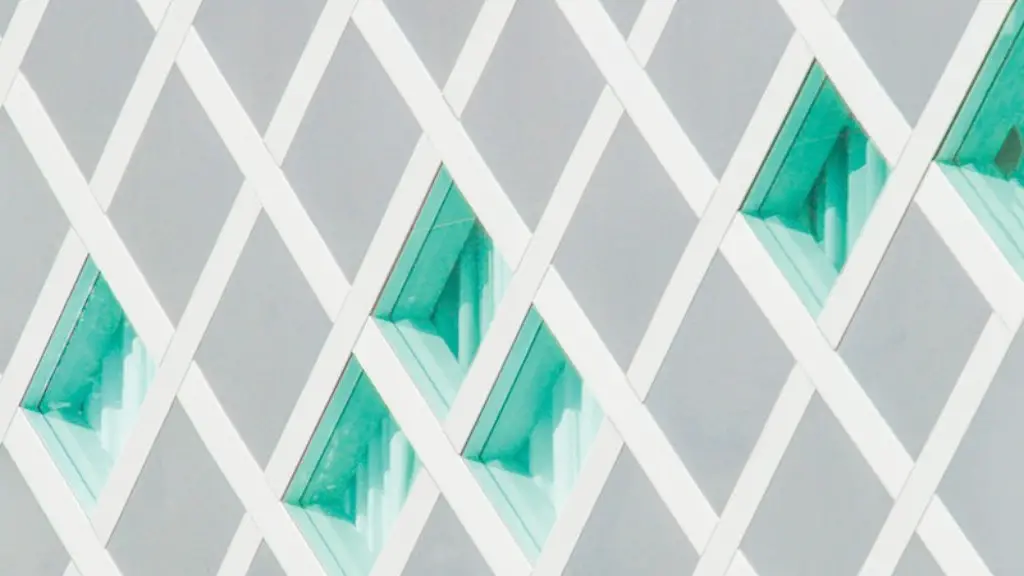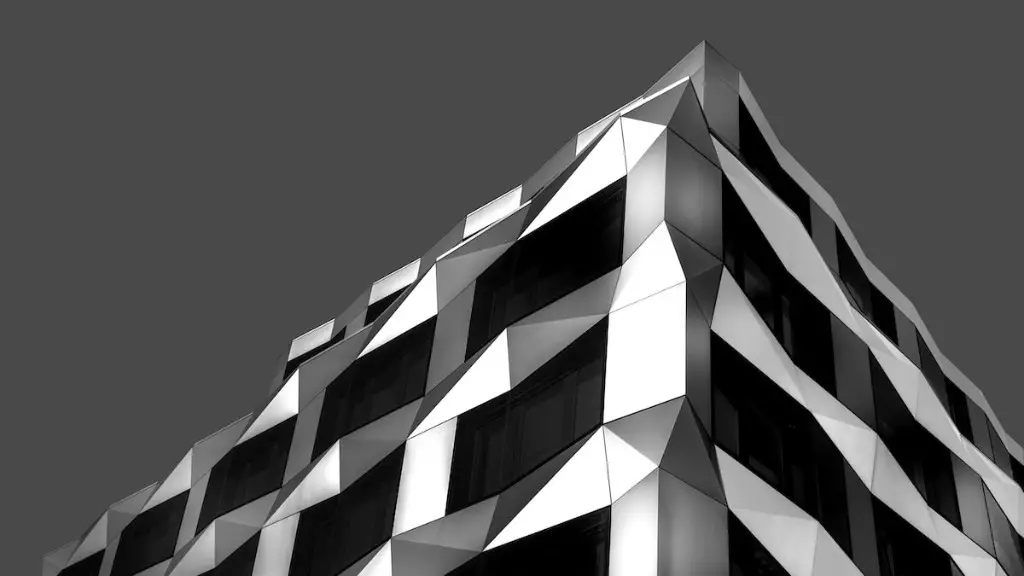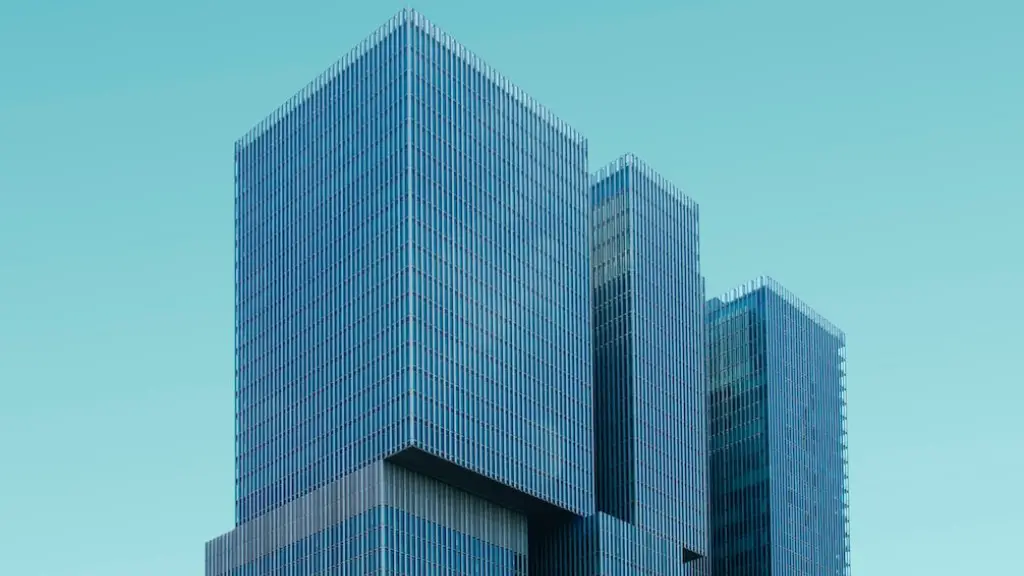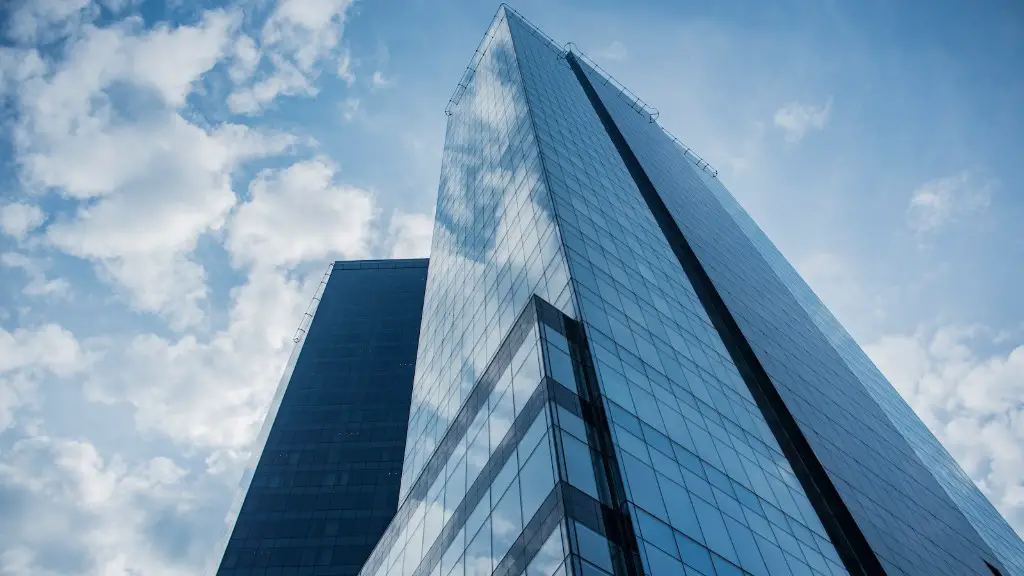Why Modern Architecture Is Bad
Modern architecture has marked a big shift in the way people design homes, businesses, public spaces, and other buildings. On the outside it appears to be a cleaner, more efficient and modern approach to construction. However, there are some serious drawbacks that make modern architecture a very poor choice in certain situations. In this article, we will take a look at why modern architecture is not always the answer when it comes to building design.
Less Attention to Detail
Probably one of the biggest drawbacks of modern architecture is the fact that the overall aesthetics often takes a backseat to the need to create efficient and functional designs. The focus is usually on achieving a basic utilitarian look where the end result might be considered “functional” but lacks that special something that makes a building stand out. In other words, modern architecture is often designed to be “just enough” to get the job done and can be lacking in detail and refinement.
While it is true that modern designs are often stripped down and lack complexity and detail compared to traditional designs style, it does not necessarily mean that modern designs lack charm. It simply means that the designer has chosen to focus on other aspects such as efficiency or practicality as opposed to making the building look as beautiful or aesthetically pleasing as possible.
Overly Complex Structures
Another one of the major drawbacks of modern architecture is the tendency of designers to create overly complex structures. While owners may think they are getting a modern and interesting building, they often end up with something that is excessively complicated and difficult to maintain. Not only is this aesthetically unappealing, but it can also make it much more costly to maintain a modern structure. Many of these buildings are simply supposed to look modern and are not actually as efficient as they first appear.
In most cases, these overly complex designs are simply a case of designers attempting to be more innovative than necessary. While it is often good to push the boundaries somewhat, having an architectural design that is too complex for its own good can be more problematic than anything else. Often times, a modern structure is simply not suited to its environment and can be a burden to both maintain and live in.
Lack of Adaptability
Another one of the major problems with modern architecture is the lack of adaptability. Modern designs tend to be very rigid and while they often look good on the surface, they are not always ideal for a given project. This is because, as lifestyle and needs change, modern design often has difficulty adapting to these changes.
Traditional designs, on the other hand, can often be adapted to suit changing needs and lifestyle. This is why, when it comes to designing a building, it is often better to opt for a traditional design that is flexible and can be adapted and changed as needed. While modern designs may look nice at first, they often lack this type of flexibility.
Rigid Lines and Spaces
Modern architecture also has a tendency to be overly rigid in terms of lines and spaces. The modern design aesthetic often relies on creating very straight lines and spaces which can make a building feel somewhat “sterile” and uninviting. This is because of the fact that the spaces created can be very static and uninspired. For example, a modern building with a lot of flat surfaces can feel almost oppressive and lack the warmth and character that traditional designs can often have.
Because of this, modern design can often be too sterile and uniform for its own good. It can feel impersonal and uninviting, and while it can look great on the outside, the inside of a modern building can often feel cold and empty. This is why it is best to avoid modern designs in certain cases, as they can often make a building feel uninviting.
Little Variety in Designs
Another one of the drawbacks of modern architecture is the fact that there is not much variety. Modern designs tend to follow a certain formula and look quite similar regardless of the project. This can lead to buildings that feel generic and lack individual character. While this “cookie-cutter” approach to design can look great at first, it can become stale and uninspiring over time.
Traditional designs, on the other hand, often have more variety and can create buildings that are unique and individual. This is because traditional designs often use natural materials and textures which can add a lot of character and charm to a building. Traditional designs also often combine multiple styles and techniques which can lead to interesting and diverse structures.
Effects on Mental Health
Modern architecture can also have a negative impact on mental health. Studies have shown that people who live or work in modern buildings often report increased levels of anxiety and stress due to the lack of natural elements or inviting spaces. This is because modern design tends to focus on function and efficiency rather than comfort or aesthetic pleasure.
Traditional designs, on the other hand, often prioritize comfort, making it a much more pleasant and relaxing environment. This can lead to a much healthier environment and can help reduce levels of stress and anxiety. This is why it is important to consider the mental health implications of a design before deciding on a modern design.
Bottom Line
Overall, modern architecture can be a great choice for certain projects, but it is important to consider the drawbacks before committing to a design. While modern designs can be visually striking and efficient, they can often be too simplistic, overly rigid, and lack individuality. Additionally, modern designs can have negative effects on mental health, making traditional designs a much better choice in certain cases. As always, it is important to carefully consider all options before deciding on a design.
Lack of Consideration for Local Culture and Traditions
Modern architecture often fails to take into consideration local culture and traditions. The goal of modern designs is often to create a “universal” look that is intended to appeal to a wide range of people. Unfortunately, this can often lead to generic designs that lack the unique flavor of the local culture and traditions. This is especially true in older cities and towns where the traditional architecture has a lot of character and charm.
In addition, modern designs often fail to take into account the existing landscape and terrain of the area. This can lead to designs that look out of place and can detract from the beauty of the surrounding area. This is why it is important to incorporate local culture and traditions into modern designs when possible. This can often add a sense of identity to a project and make it look much more inviting and interesting.
Inability to Incorporate Nature
Modern architecture also has a tendency to ignore nature in favor of creating sleek, streamlined designs. While this might be aesthetically pleasing, it often fails to take into account the importance of incorporating elements of nature into a design. This is especially true in urban areas where the natural environment can be an integral part of a community.
Incorporating natural elements into a design can not only help to create a more inviting and beautiful environment but can also help to reduce stress and improve mental health. This is why it is important to take into account the natural environment when designing a project, and to make use of elements such as parks, trees, and green spaces whenever possible.
Lack of Emotional Connection
Modern architecture often fails to evoke emotion or create a connection with the viewer or user. This is because many modern designs are designed to simply be efficient and utilitarian, without any consideration for the emotional or spiritual side of design. As a result, many modern buildings feel cold and impersonal, lacking the warmth and charm of traditional designs.
By incorporating other styles and materials into the design, it is possible to create a more human and emotional connection with the design. For example, using handcrafted elements such as tiles, woodwork or artisanal details can help to create a sense of warmth and connection with the viewer. Additionally, modern designs can benefit from natural materials such as stone, brick, and wood which can evoke a feeling of comfort and familiarity.
Modern Design Not Always Sustainable
Modern architecture often appears to be more sustainable than traditional designs, as it is often associated with more efficient building materials and processes. However, this is not always the case. Many modern designs require more energy and resources to build and maintain than traditional designs, as they often require more artificial and synthetic materials. This can lead to buildings that are actually less sustainable than those built using traditional designs.
In addition, many modern designs lack the insulation and airtightness that is required for truly energy efficient buildings. These deficiencies can lead to higher energy bills and environmental costs, making the “modern” building less sustainable than intended. As such, it is important to carefully consider the energy efficiency and sustainability of any design when deciding whether it is truly “modern” or not.
Expensive Maintenance Costs
Lastly, modern designs are often associated with high maintenance costs due to their complex designs and use of expensive and hard to find materials. The cost of maintaining a modern building can be significantly higher than traditional buildings, as many of the materials and technologies used in modern designs can be difficult to find and replace. Additionally, the complexity of the design can mean that repairs and replacement parts are more expensive and time consuming.
Furthermore, modern designs often require more frequent and specific maintenance than traditional designs. This includes things like water proofing and cleaning, which can add to already expensive maintenance costs. As such, it is important to carefully consider the cost of maintaining a modern building before committing to a design.




